Home / Albums / Tag Century:13th 31

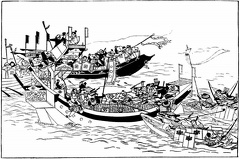 The Invasion of the Mongol Tartars
The Invasion of the Mongol Tartars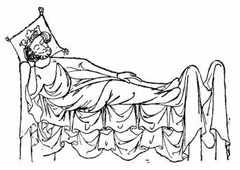 A Bed in the Reign of Henry III
A Bed in the Reign of Henry III Brass to Sir John D’Abernon
Brass to Sir John D’Abernon Leathern Apron
Leathern Apron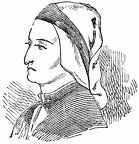 Dante
Dante Nobleman of the 13th Century
Nobleman of the 13th Century Court Dress - Latter part of 13th Century
Court Dress - Latter part of 13th Century Stilt Dancing.—XIII. Century
Stilt Dancing.—XIII. Century Remarkable Dance.—XIII. Century
Remarkable Dance.—XIII. Century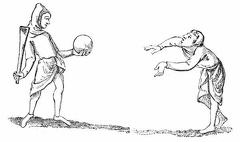 Club-Ball.—XIII. Century
Club-Ball.—XIII. Century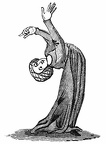 Tumbling.—XIII. Century
Tumbling.—XIII. Century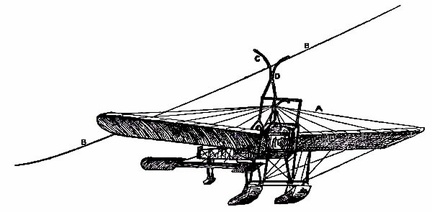 Launching a sea-plane from a wire
Launching a sea-plane from a wire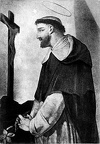 Saint Dominic
Saint Dominic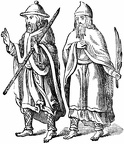 Thirteenth Century Pilgrims (the two Disciples at Emmaus)
Thirteenth Century Pilgrims (the two Disciples at Emmaus) Saint Dominic and Saint Francis
Saint Dominic and Saint Francis Knight of the latter part of the Thirteenth Century
Knight of the latter part of the Thirteenth Century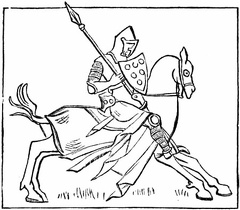 Knight of the end of the Thirteenth Century
Knight of the end of the Thirteenth Century Knight and Men-at-Arms
Knight and Men-at-Arms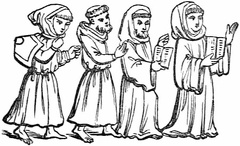 Costumes of the Four Orders of Friars
Costumes of the Four Orders of Friars A Franciscan Friar
A Franciscan Friar A Dominican Friar
A Dominican Friar A Carmelite Friar
A Carmelite Friar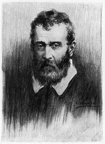 Marco Polo
Marco Polo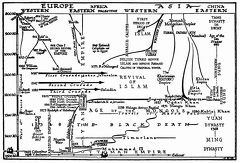 Time-chart A.D. 800-A.D. 1500
Time-chart A.D. 800-A.D. 1500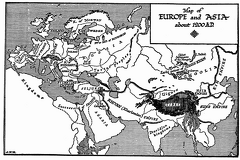 Europe and Asia, 1200
Europe and Asia, 1200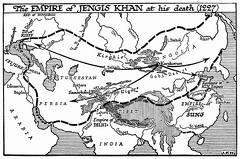 Empire of Jengis Khan, 1227
Empire of Jengis Khan, 1227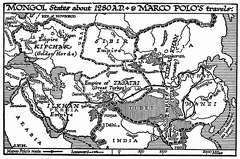 Travels of Marco Polo
Travels of Marco Polo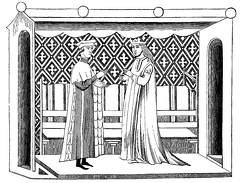 Costumes of Thriteenth Century
Costumes of Thriteenth Century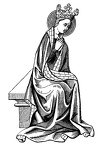 Princess
Princess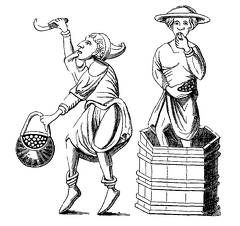 The Vintagers
The Vintagers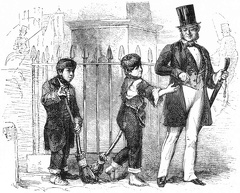 The Boy Crossing Sweepers
The Boy Crossing Sweepers



